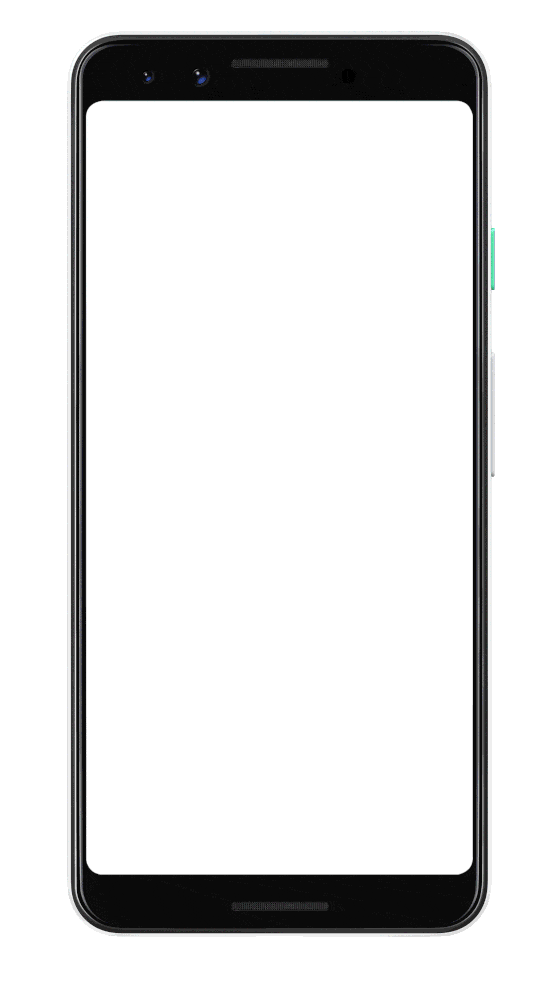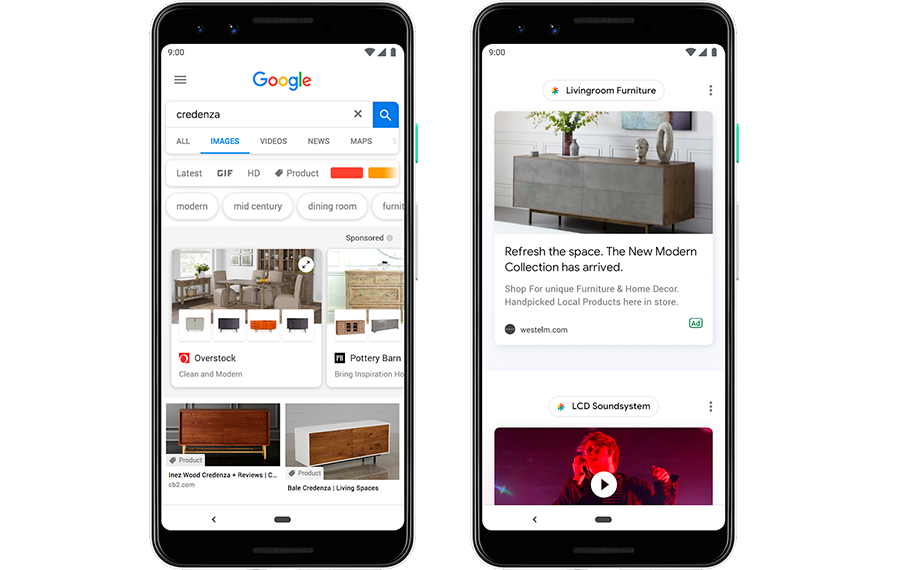on Wednesday March 18, 2020
Digital Marketing and PPC for Sustainable Companies (Part 2)
In one of our previous posts we’ve outlined what new functionality and improvements to its digital products Facebook has launched recently. Let’s now look at where Google and its properties are heading and how we, digital marketers, can take advantage of these updates.
Local Campaigns in Google Ads
This cross-channel type of campaign is designed precisely to bring more visitors to local stores from across Google platforms – Google Maps, YouTube, Google Display and Google Search Networks. Your ad will show up when someone searches for businesses like yours nearby, explores the Maps or browses websites on the Internet.

For now it’s not an option for every advertiser. Google announces that soon – no exact date mentioned – Location campaigns will expand and “drive other types of local actions, like calls or directions to your business, even if you don’t have store visits measurement enabled”. But until then, anyone who wants to start a Local campaign, has to report store visits and meet store visit eligibility requirements.
Main advantages: drive traffic from digital channels to your offline locations.
Best for: retail companies, restaurants and HoReCa businesses that still heavily rely on face-to-face sales and have a chain of physical locations.
Not every small or medium-size business will be able to qualify for this type of campaigns because of the restrictions related to recording store visits. To enable store visit conversion tracking you need to meet a set of requirements: 1) have 10+ physical store locations in eligible countries; 2) receive over 1000 of ad clicks and viewable impressions, 3) have 90% of your store locations verified in your Google My Business account and some other requirements (read more About store visit conversions).
Suggestions:
- Personalise ads to make them more “right time, right place” for your visitors. For example, if you are a restaurant – promote lunch just before or during the lunch time and promote dinner after noon. Offer discounts for those who have seen the ads.
Discovery Ads Format
Discovery ads are mobile-first single-image or carousel-like ads which show up in Google Discover, a new name for Google Feed, as well as on YouTube’s home feed and in Gmail Promotions and Social tabs. Such campaigns are based on Google in-market and custom intent audience targeting. What is Google Discover? It’s essentially content suggestions based on user interests and browsing history that prepopulate the Google homepage on mobile devices (both in a browser and apps). Its most valuable advantages are the visually-rich engaging format, huge reach across multiple channels, selection of the best ad content combination based on machine learning algorithms.
Main advantages: Google Discover is huge these days. Google states it reaches 800 million users monthly across the world. The Discovery Ads format is the only opportunity to advertise on Google Discover (apart from Showcase Shopping ads) and will be visible when a user’s intent is to explore new content.
Best for: companies striving to raise awareness about their brand and promote their content to the interested audience. These can be travel and catering, fashion, beauty and retail industries, NGOs and content publishers, and more.
Suggestions:
- Define the most popular topics related to your solution or service based on Google search requests or YouTube watch activity to include the topics of interest for your target audience;
- Use Discovery ads for remarketing campaigns to remind about your brand or your products.

Source: Google Ads Blog, 2019,https://www.blog.google/products/ads/new-ad-innovations-new-consumer-journey/
Gallery Ads Format
Gallery ads were introduced in May 2019, announced to be available for use in August 2019 and still not every Google Ads account has this option. Gallery ads are mobile-only image ads which appear on the top of search results. This type of ads might include up to 8 scrollable images with long taglines under each image, and up to 3 headlines. Currently, ads are available in 11 languages globally.
Main advantages: this visual format on the search results pages appears to be more catching and engaging. You actually combine the benefits of active intent when a user searches for specific information and getting the eyeballs by standing out with your message. Google states that Gallery ads proved to be 25% more engaging than text ads.
Best for: for restaurants, hotels, apparel stores, car manufacturers and any company that better communicates its value with visual information rather than with a text message.
Suggestions:
- Don’t advertise consumer goods. They are better promoted with Shopping campaigns since product-related search terms would rather trigger these ads;
- Try not to combine any images into a group, but rather create a story about the value you offer;
- Try various headlines and descriptions in order to check their efficiency.
Showcase Shopping Ads
Google Showcase Shopping ads allow you to group your products based on broader terms like “bike accessories” instead of more specific phrases like “bike cup holders”, “bike tail lights”, “bike locks”, etc. With them you can send your potential buyers directly to the catalogue with related products. These ads are expandable by click to give shoppers an idea of what you have to offer for the searched category. With Showcase Shopping ads, you can also take advantage of extended inventory options – now they also include Google image search results, Discover feed, and YouTube feed. However, currently such ads are available in twenty countries. See here if you are eligible to run them.
- To create a Showcase Shopping ad:
choose “Shopping” campaign type,
- pick up “Showcase Shopping” ad group type, not “Product Shopping”,

Source: Orange Bird Agency’s images
choose which products you wish to showcase in your ads.
Main advantages: such broader product queries still account for 40% of search terms. With Showcase Shopping ads you can reach buyers when they are still in their discovery and decision-making stages. An extra bonus: while you still showcase your product range, you are charged only when a user clicks or interacts with your ad.
Best for: targeting audiences when they are searching for inspiration and ideas for shopping, and are still choosing what exactly and where to buy.

Source: Google Blog, 2019,
https://blog.google/products/ads/new-ad-innovations-new-consumer-journey/
Suggestions:
- Use this type of ads if you wish to promote a range of products, not a particular item, and encourage users to explore them further (for example “yoga pants” or “non-fiction books”);
- Use this type of ads if you wish to target users at the awareness stage, when they know nothing of your products yet, and are just exploring the market;
- Pick up the best selling products from your collection or create sets of products related to some specific theme like a season;
- Choose a bidding strategy which corresponds to your business goals and your campaign performance. For example, target “Return on Ad Spend” when you have at least 50 conversions during the last 30 days and if you want to make sure that your efforts are within your profitability targets.
Conclusion
Having run through the latest news from Facebook in our previous post and now given a closer look at the Google updates, we can observe several trends that both leaders follow:
- Focus on user engagement which results in new types of image and video ads, and tools for their editing;
- Simplification of campaign set-up, management, and optimisation processes in support of their shift to more automation;
Contact us online, if you need any help with harnessing these opportunities for your business – we will be pleased to support you with professional campaigns.
To find out what Google has rolled out for digital marketing campaigns, continue reading our next post on new online marketing opportunities.
Previous postNext post



